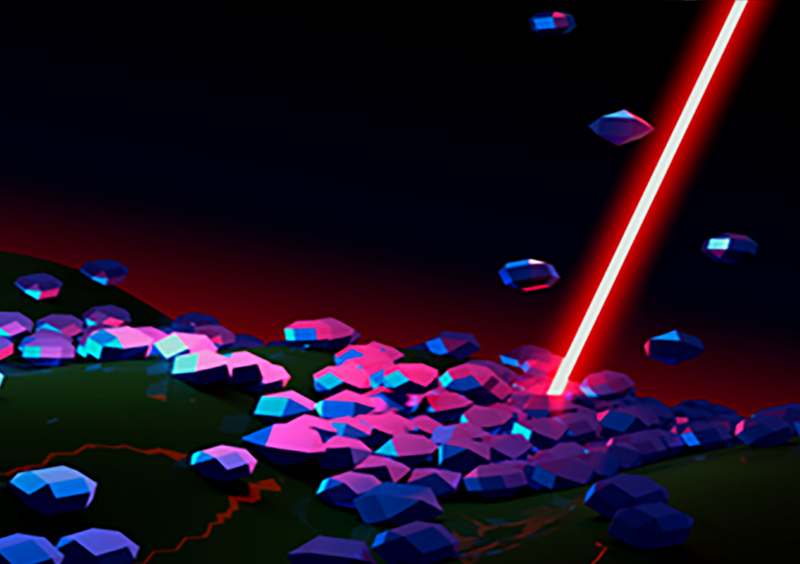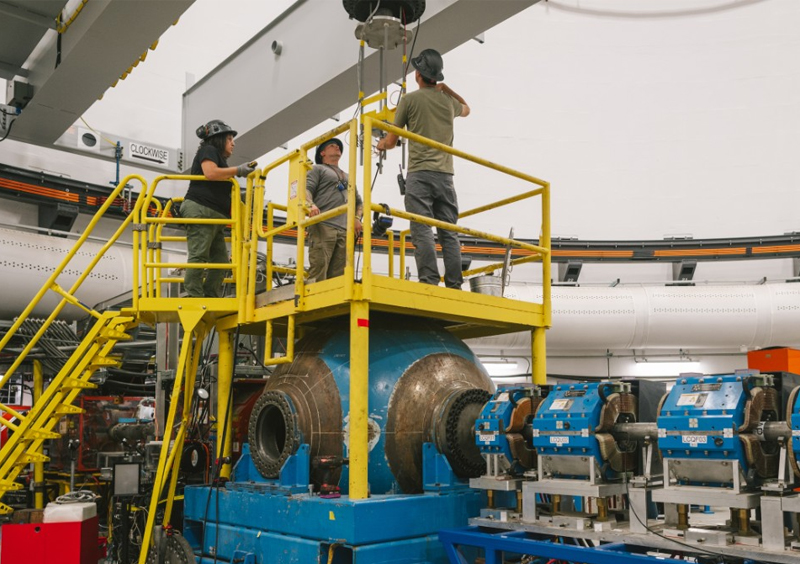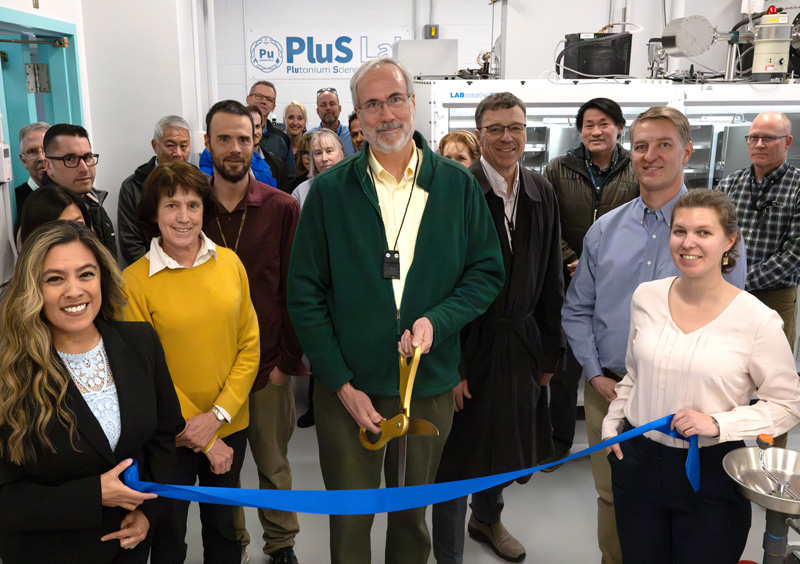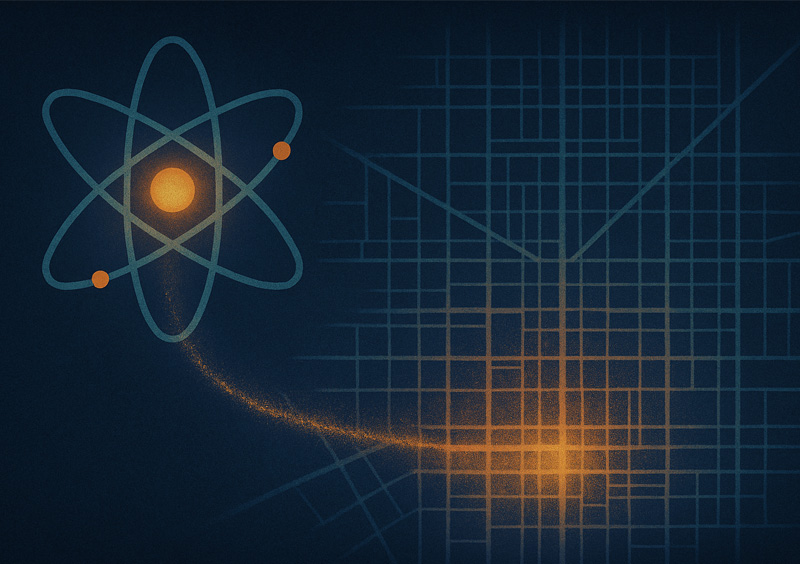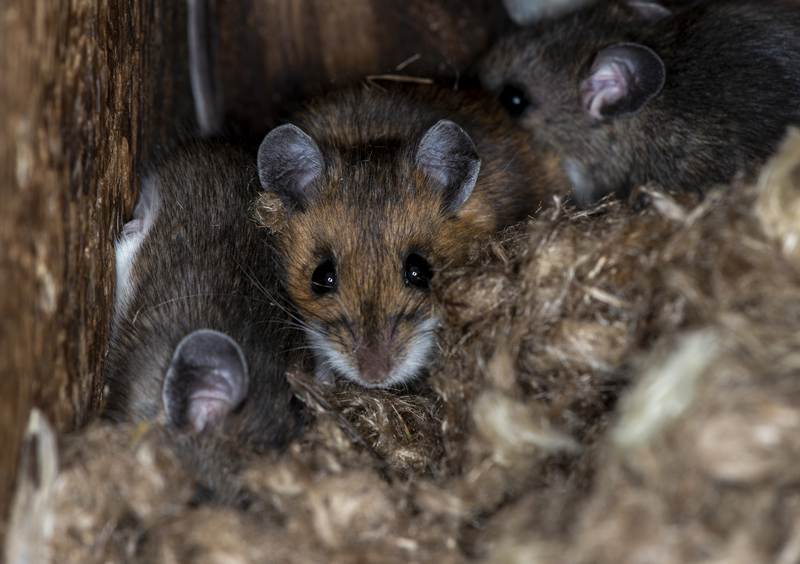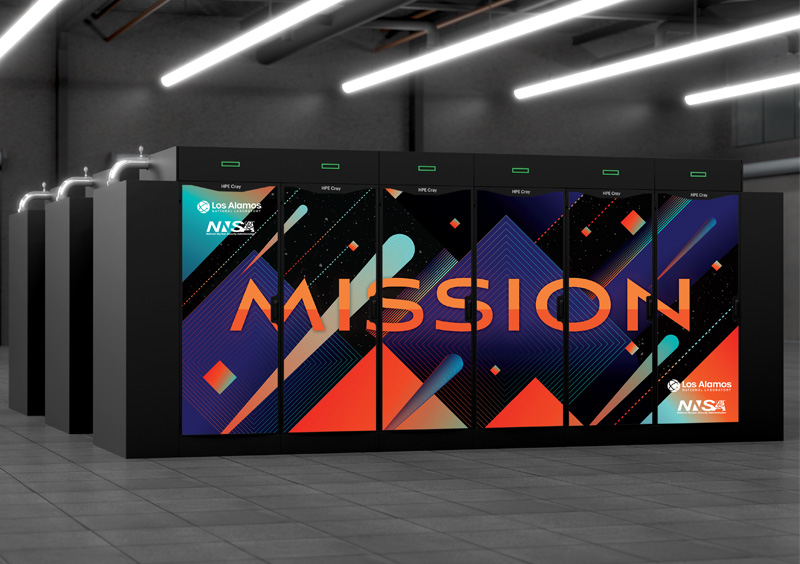Scientists at Los Alamos developed an enzyme variant that can break down disposable water bottles and other widely used packaging more efficiently than current methods. They filed patents for the enzyme and the unique screening platform used to create the enzyme, so both can be shared with the broader scientific community.
Why this matters: Polyethylene terephthalate, or PET, is one of the most highly produced plastics globally and is often mechanically recycled into low-grade products. More advanced recycling methods use chemicals or enzymes to degrade PET into its building block molecules that can be upcycled to create new, valuable products; however, these methods are still overly expensive and energy intensive.
Key points:
- Leaf-branch compost cutinase (LCC) is a naturally occurring enzyme that can degrade PET. The Los Alamos team engineered an optimized version of LCC, naming it LCC-LANL, after Los Alamos National Laboratory.
- The LCC-LANL enzyme degrades PET into building-block chemicals more efficiently than currently used enzymes.
- The high-throughput screening process developed (patent pending) by Los Alamos could make it easier for other scientists to discover new enzymes.
How it works: Los Alamos scientists screened hundreds of thousands of LCC enzyme variants to find the ones that perform best at the high temperatures, around 70o C, where enzymatic PET degradation is most efficient.
- The technique uses a library of 104-5 random LCC-enzyme variants, each containing a small fragment of split green fluorescent protein to facilitate quick evaluation of enzyme production, solubility and thermostability.
Funding: This work was supported by the Bio-Optimized Technologies to keep Thermoplastics out of Landfills and the Environment (BOTTLE) consortium, supported by the Department of Energy Advanced Materials and Manufacturing Technologies Office and Bioenergy Technologies Office, and by the Los Alamos National Laboratory Directed Research and Development program.
Watch a video about this technology.
LA-UR-24-31658

